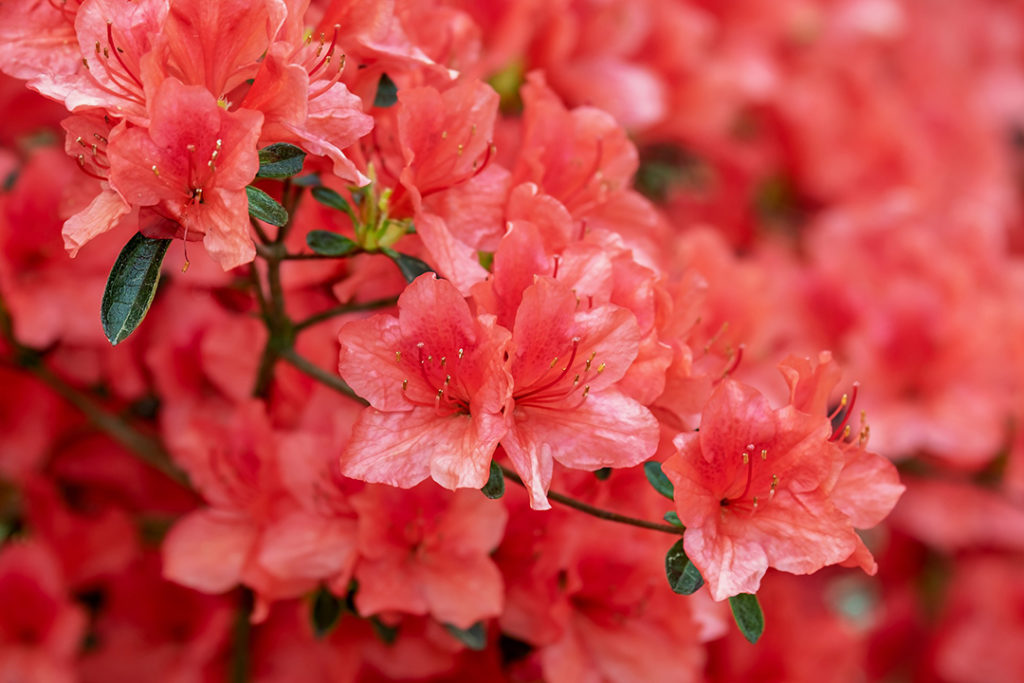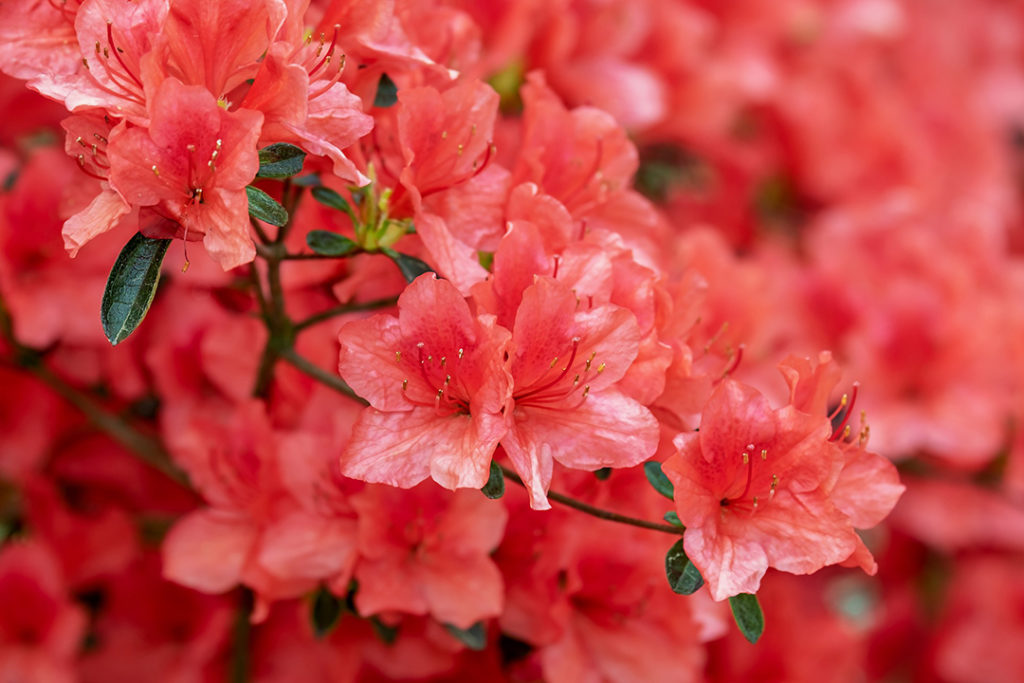
Belgium
Azalea
Rhododendron

General Description / Cultural Significance
Azaleas, a prized symbol of spring and renewal, are grown all over Belgium and bloom from late spring to early summer, filling the air with a light, sweet, and spicy scent. These delightful and attractive plants are grown for both the beauty of their foliage and flower blossoms, and especially their fragrance, which brings great pleasure to Belgians in the spring as they brighten the country with a vast range of colors. Belgian Hybrids of the plant are upright, bushy, deciduous shrubs with mid-green leaves and funnel-shaped flowers that are colored pink or light purple. Hybrid species have been bred to be colorful and hardy plants. Belgians also use Azaleas as houseplants to cheer up their homes and gardens.
Climate Change/Conservation Status
In July of 2019, Belgium, like much of western Europe, suffered through the worst heatwave the region had ever experienced. Belgian authorities required outdoor workers to go home. On July 24th, Belgium’s temperature surpassed its record high, reaching 38.89ºC (102°F).
Although at this time in Belgium there isn’t evidence that Azaleas, and all plants of the Rhododendron family, are endangered, the overall threat of heat and climate change looms in the future if action is not taken to curb the effects of global warming, which have been severe so far. Climate change is predicted to have an increasing impact on Belgium’s coastal regions and natural wetlands. Also expected is rising levels of groundwater with increased salinization of the soil. Unfortunately, Azaleas have low salt tolerance so this will have detrimental effects on the plants in low areas of the country.
In mid-July, 2021, Belgium experienced climate change induced heavy rain and deadly flooding like the country had not seen before. The total deaths from the floods was 39 persons.
Alternate Names
Belgian Azalea
Belgian Hybrid Azalea
Belgian Indica Azalea
Sun Azalea
Sources
British Ecological Society, 2014. Toxic nectar affects the behavior of insect pollinators. Science Daily. [website]
d’Haese, L., 1976. Structure of azalea production in Belgium. Acta Hortic. 55, 251-258. DOI: 10.17660/ActaHortic.1976.55.25
Magra, I., 2019. Europe Suffers Heat Wave of Dangerous, Record-High Temperatures. The New York Times. [website]
Mekonnen, S., 2019. Azaleas and Rhododendrons. Azaleas and rhododendrons. [website]
Nutrition and Nature Medicine News, 2014. Azalea flowers arrest coughs, relieve tracheitis and ease hypertension. Nutrition and Nature Medicine News. [website]
Plants for a Future, n.d. Medicinal herbs: Chinese Azalea: Rhododendron molle. Natural Medicine Herbs. [website]
Secretary to the Counselor General, Belgian Consulate. This statement can be found on the World Sensorium original website.
van Lierde, D., 1997. Azalea and begonia production in the region of ghent: a divergent development. 52nd EAAE Seminar.
Zoler, M., 2015. In Belgium’s Strawberry Fields, Perfection’s in the Picking. The New York Times. [website]

